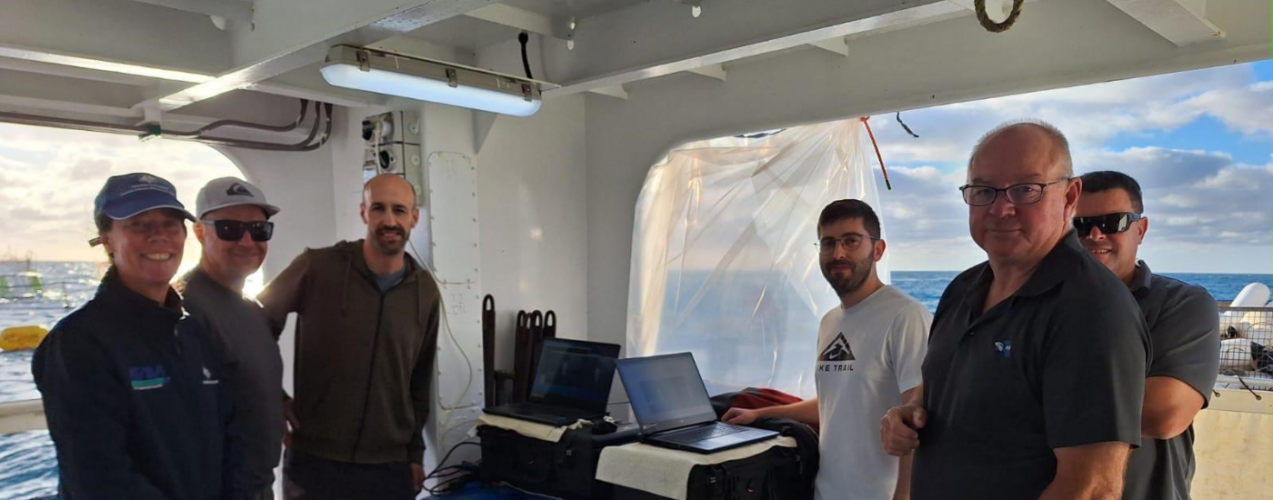Researchers from Campus Gandia (UPV) and the ai2 Institute of Industrial Automation and Informatics (UPV) have evaluated a groundbreaking system in Australia that automatically measures tuna size as they swim freely, enabling accurate biomass estimation. The team was directly commissioned by the Ministry of Agriculture and Fisheries to conduct real-world tests in collaboration with Australian fishing companies. The aim is to implement automated systems for counting specimens and biomass to reliably control fisheries and curb overfishing. The contract is overseen by Professor Víctor Espinosa, an expert researcher in Underwater Acoustics at Campus Gandia.
As part of the process, specimens are transferred between two cages: one for transport and another for fattening, where they remain and are fed until sold. The transport cages can hold up to 25,000 specimens, which are then transferred and distributed among several fattening cages. Currently, the transfer process involves a manual specimen count, where an operator visually inspects a video recording.
Utilizing Artificial Intelligence for Size Estimation
The innovative system developed by the ai2 research group and the Underwater Acoustics group at Campus Gandia (UPV) processes images captured by stereoscopic cameras positioned between the cages. It identifies individual specimens, measures their dimensions, and ultimately calculates their biomass. “The current size estimation process conducted by Australian teams involves manually sampling only 100 specimens out of the 15,000 that can be transferred from the cage. In contrast, the system developed by our institutes obtains samples representing ‘between 25 and 50% of the total number of specimens’.”
Technology Transfer
The project undertaken for the Australian government stands as a significant outcome of technology transfer within the scope of the “Advanced VxC techniques based on Deep Learning and CNNs for the biometric characterization of bluefin tuna” project. This initiative, funded by the Generalitat Valenciana and ACTTHUN,, is jointly led by Gabriela Andreu and Isabel Pérez., a researcher at Campus Gandia. Moreover, researchers Pau Muñoz and Joaquín Martínez have also contributed to the project.
“The significant challenge posed by the tests conducted in Port Lincoln was the need to tailor the entire system to fit the Australian fishing process. This involved recalibrating our cameras, reducing their weight, and extending the length of the cables we utilize.” Fishing companies have markedly shifted their stance upon witnessing the reliability of the automated process.
